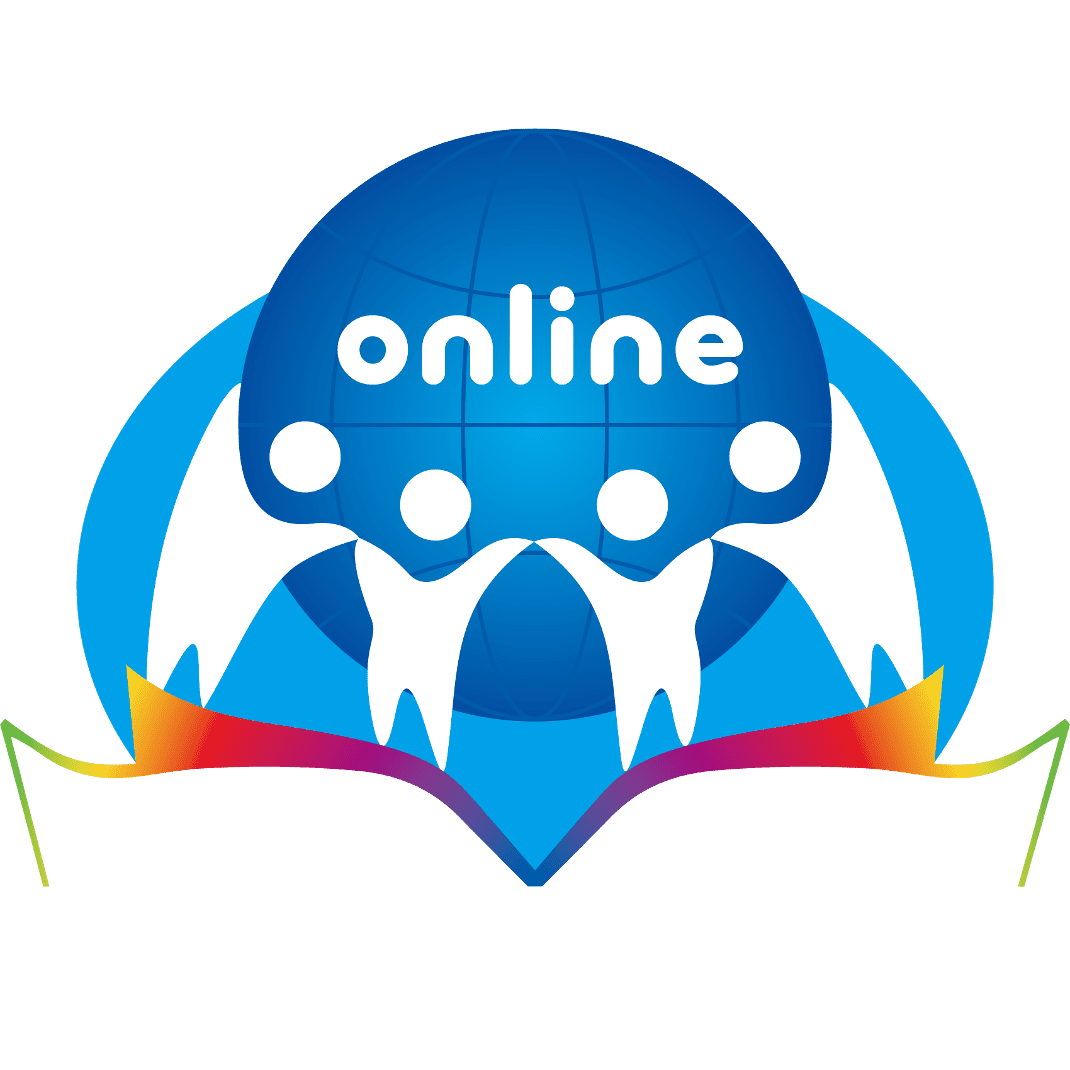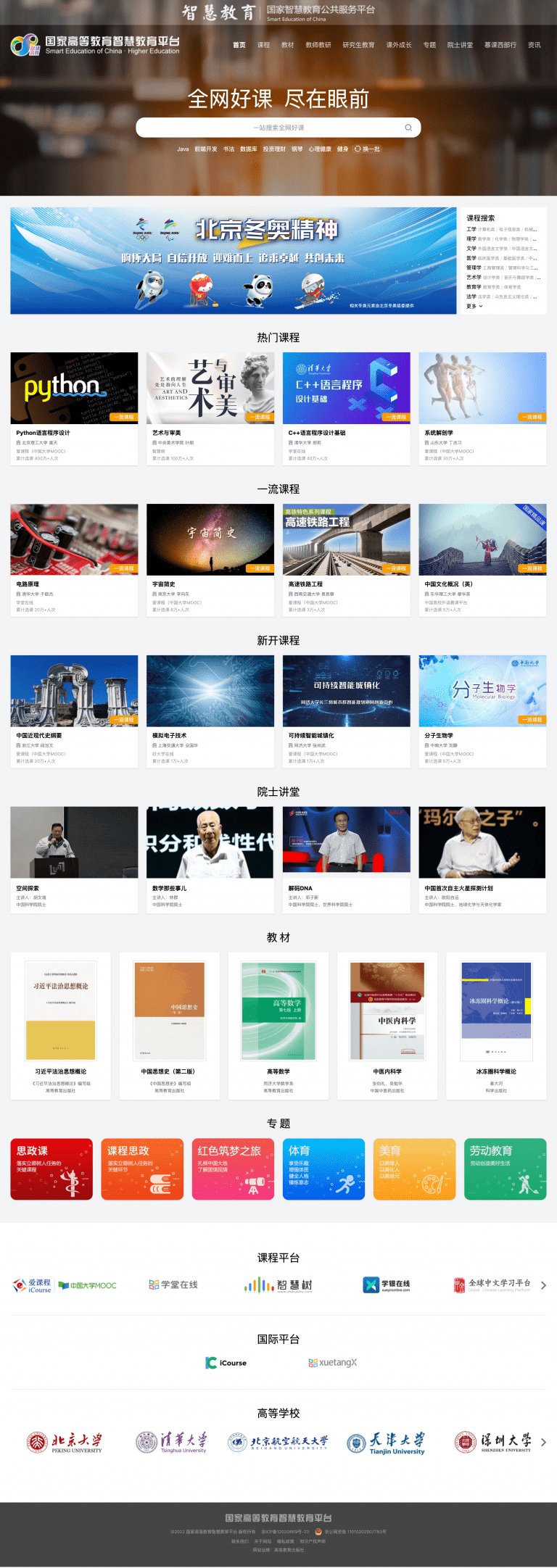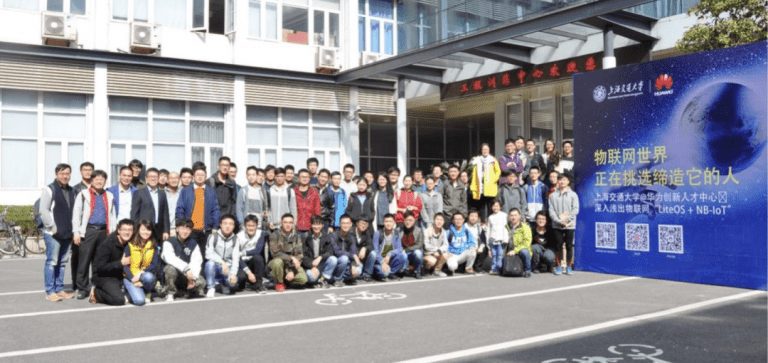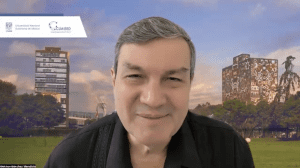
Melchor Sánchez Mendiola, Coordination of Open Education, Educational Innovation, and Distance Education at UNAM (National Autonomous University of Mexico) and a new Executive Committee member of the Global MOOC and Online Education Alliance (GMA), outlined UNAM’s vision and future collaboration plan at the annual GMA Board Meeting.
- To contribute to the development of a knowledge base related to subjects such as the design, management, evaluation and research of MOOC and online educational programs with the members of the Alliance.
- To discuss prospective views of MOOC and online educational offerings with the members of the Alliance.
- To explore possibilities of international collaboration in the areas of research and continuing education through MOOC and other online
About UNAM

UNAM is the largest university in the country (and in Latin America). It has more than 370,000 postgraduate, college, and high school students; and more than 42,000 faculty.
UNAM has more than 40 programs in the graduate studies division and more than 130 careers at the college level with 241 orientations. Additionally, the UNAM system has 42 technical careers and three high school curricula.

UNAM has branches all over the country, including several research centers, observatories, and service stations, but the university is mainly based in the Mexico City area.

UNAM has more than a dozen branches in several places around the world, in the United States, Canada, Costa Rica, Europe, China, and South Africa.
Our motto was “UNAM does not stop.”
During the pandemic,
UNAM International Head Office had many initiatives to proactively address the challenges, one of which included creating Coordination of Open University, Educational Innovation and Distance Education (CUAIEED; https://cuaieed.unam.mx/), which has multiple interdisciplinary roles: education innovation, online education, educational assessment, program evolution and accreditation, curriculum development, transitional educational research and evidence-based education (EBE), and faculty development.
Faculty development

This is the new center for faculty development, accessible to the whole university. CUAIEED has a large focus on educational innovation, and one of the most popular products among UNAM faculty is the “Glossary of Educational Innovation in Spanish.”
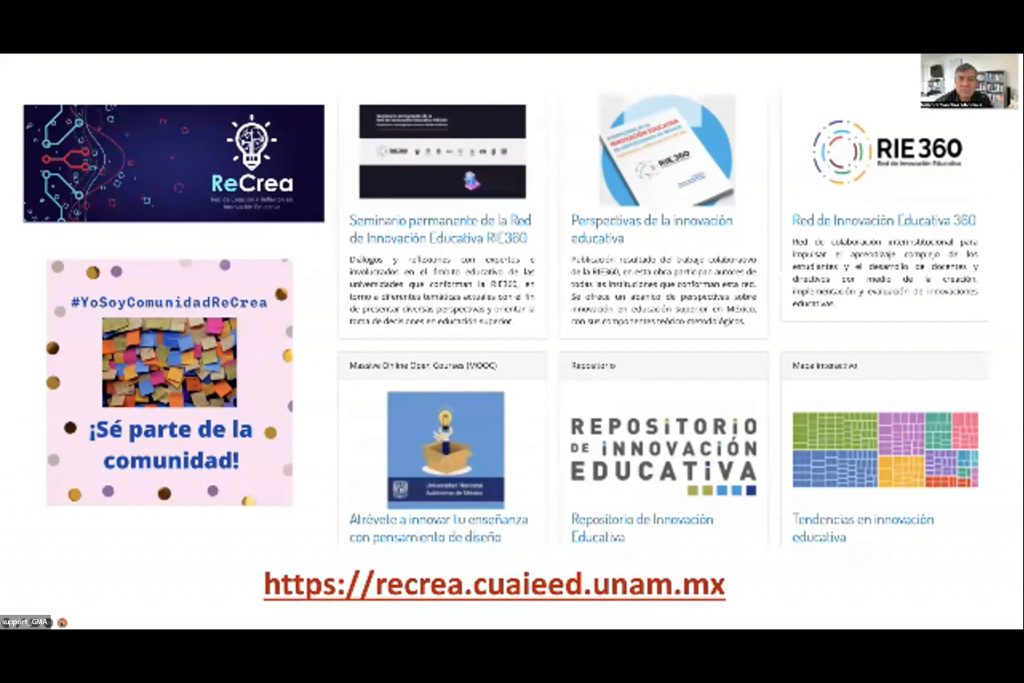
CUAIEED also created several communities of practice seminars, books, and research projects; as well as repositories and digital resources to contribute to hybrid and distance education for all the faculties and schools of the university. Moreover, it is also responsible for the university’s virtual campus, which was indispensable during the pandemic.
As an area, we have done a lot of research projects during the last five years. This is one example. This was a large survey in more than 20,000 students, more than 2,000 faculty related to the difficulties and the challenges that we lived in the pandemic. And all these materials are Free and open access available in our website. We are responsible for the MOOCs in our university. We have more than 114 massive open online courses with 11 specialty programs. As you can see on the slide, we have more than 5 million registered users all over the world, the majority from America. In the list of the most popular online courses on ClassCentral, our university had 9 courses in the most popular list. And we recently also did a MOOC about using generative artificial intelligence in education. We also do a lot of dissemination of higher education to society at large. These are our weekly TV programs about all aspects of higher education. It will also belong to a national network of educational innovation with nine public and private universities all over the country. And we have created seminars, conferences, books, research projects, et cetera.
Recently, I was invited to the EDUCAUSE Horizon Report in 2022. In the Horizon Report, it says, “We should leave behind the artificial separation between modalities and embrace a more holistic approach to education as a complex but unifying construct. Recently, we created a task force about the use of generative artificial intelligence (AI) in education. We recently did a MOOC about this theme on the Coursera platform. Last month, we had a large conference about the use of generative artificial intelligence in education with more than 1,000 attendees. All the materials, the panels, the workshops, and resources are available free of charge in an open-access platform. We created several documents that the one that you can see on these latest recommendations for the use of artificial intelligence in education and this toolbox to use artificial Intelligence for faculty.
This is, as usual, thanks to a great and wonderful team, and we are very grateful for being accepted as a member of the Global MOOC and Online Education Alliance. Thank you very much.
